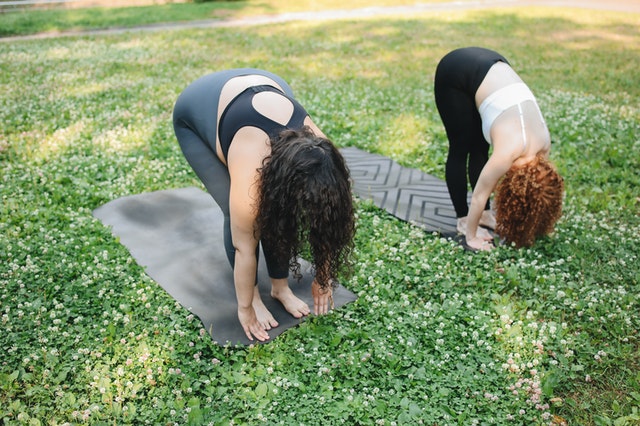Those who have a daily exercise routine do so because they want to look and feel good. That is, they do it for an issue that is related not only to appearance, but also to health. Well, it is no secret to anyone that a sedentary lifestyle is harmful at any stage of life and even more so if you have any medical pathology.

A sedentary lifestyle brings, as a direct consequence, overweight and this, over time, can become obesity, which can have serious consequences for the person’s health.
For this reason, doctors always recommend leading as active a life as possible, practicing a sport of your choice, attending dance classes, jogging in the park or simply going to the gym to exercise.
However, we must take into account the fact that both the exercises and their power and frequency will vary depending on the stage of life in which we find ourselves.
In other words, a 30-year-old adult can perform an exercise routine that is not recommended for a 16-year-old teenager. Likewise, the exercises recommended for this 30-year-old adult are not the same as those recommended for a 60-year-old person. what? Because during this stage it is easy to lose bone mass.
But what can you do if you are in the twilight of your life and want to stay active and healthy? What are the best exercises to prevent bone loss?
If you want to know the answers to these questions, for nothing in the world can you stop reading this short post, since in it you will find everything you need to know about this interesting and important topic related to health during the elderly.
Instructions
Like muscles, bones are living tissues that respond to the stimulus of exercise and become stronger. In general, both young men and women who exercise have higher bone density than those who do not exercise.
Bone density peaks between the ages of 20 and 30. After that age, it begins to decrease. However, frequent exercise helps in preventing bone loss. In addition, it helps maintain muscle strength, balance and coordination, important factors in preventing falls and fractures, especially in the case of the elderly.
In the specific case of women, during the menopause stage there is a loss of bone density naturally. To prevent this from happening, you need to do at least 30 minutes of strength exercises a day.
These exercises can be done with weights, on machines, or as part of a functional routine. They cause the muscles to tighten on the bones and, therefore, increase their mass, becoming stronger and more resistant.
Other exercises, such as swimming or bicycling, can help you strengthen and keep your muscles in good condition. However, they are not the most beneficial for strengthening bones.
Now that you know the best exercises to prevent bone loss, what else do you need to know?
What do you need
An exercise routine that helps you strengthen your bones and improve their firmness is elastic band training. To perform it successfully, you need to know which exercises to include and how to do them. Some of them are:
- Squats with elastic bands.
- In this case, you should step on the rubber band right in the center with both feet apart at the level of the extension of your back. Perform three cycles of 10 sequences. At the same time, bend your elbows and force the other end of the garter back. Keep your back straight to prevent injury. With the help of this exercise you will be working the lower, upper and belly train.
- Shoulder extension. Place the elastic band in front of your chest with your hands apart according to the extension of your shoulders. Then open your arms as wide as possible and, after a few seconds, return to your original position. Perform 3 sets of 10 sequences.
- Arm extension. Step on the elastic band with your legs open according to the extension of the shoulders to work the biceps. Take the elastic band and bend your elbows to 90º, raising them to chest height. Keep your back straight and your elbows close to your sides as you move continuously. For the exercise to have a higher level of power, try to always keep your belly active.
- Paddle exercise. Hook the elastic band to a post or beam and stretch it well while keeping your arms at belly level. Then, with your arms bent at 90º and close to your side, pull the elastic band back. As you do this, you will feel pressure build up in your chest and back. Put your shoulders back, your legs semi-bent, and your belly tight to activate as many muscle groups as possible. Similarly, perform 3 sets of 10 sequences.
Tips
In case you have health problems such as diabetes, high blood pressure, obesity, etc., or if you are over 40 years of age, it is important that you consult your doctor before starting a regular exercise routine.
You may experience muscle pain or discomfort. However, this should not be too strong or last more than 48 hours. If this happens, it is an indication that you are exerting yourself too much and that you should reduce the power of the exercises a little.
In case you suffer from osteoporosis, you need to consult your doctor to be aware of which are the safest physical activities for you. If your bone density is low, it is best to protect your spine and avoid activities that cause you to flex your back too much.
If you put these recommendations into practice and get used to performing a routine of strength and resistance exercises, you will be able to avoid bone loss and have much more resistant bones.

